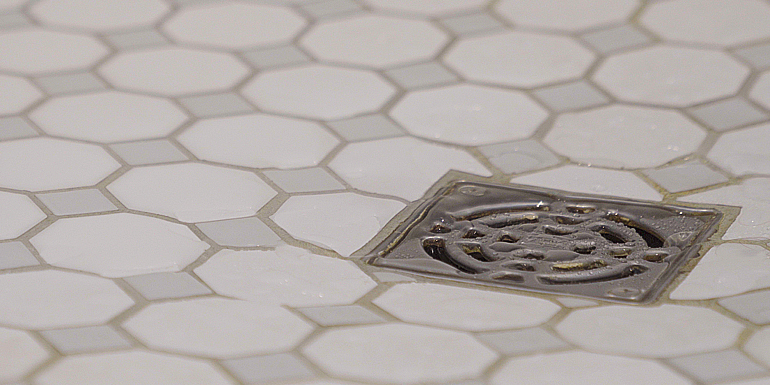
Basement floor drains are an important feature in many homes and buildings, serving as a way to remove excess water or sewage from the lower levels. But where do these drains go, and what happens to the waste that passes through them?
In many cases, the water from the basement floor drains flows into a septic tank, which is a large underground container that is used to hold and treat sewage. The septic tank is typically located on the property where the building is located, and it is designed to break down and filter the waste before it is released into the environment.
Inside the septic tank, bacteria break down the solid waste and other organic matter, while the liquid waste is separated and allowed to flow out into a drain field. The drain field is a series of perforated pipes that are buried in the ground and surrounded by gravel or other materials. As the liquid waste flows through the pipes, it is filtered and treated by the soil, which helps to remove any remaining impurities before it is released into the environment.
In order for a septic system to function properly, it is important to have it pumped and cleaned on a regular basis. This process, known as septic tank pumping, involves removing solid waste and other accumulated debris from the tank. This is typically done by a septic company, which uses specialized equipment to access the tank and remove the waste. If your time for pumping the tank is near, call Rooter Septic Services and schedule an appointment.
Septic tank pumping is typically recommended every three to five years, depending on the size of the tank and the amount of usage it receives. However, there are a few signs that it may be time for a pump-out sooner. For example, if the water in the tank is not flowing freely or if there is a strong odor emanating from the area around the tank, it may be time for pumping. Other signs that a septic tank may need to be pumped include slow drainage in the plumbing, an overgrown or soggy drain field, or standing water near the tank.
In addition to having the septic tank pumped by a septic company on a regular basis, it is also important to maintain it properly to ensure that it continues to function properly. This may include avoiding flushing non-biodegradable items down the toilet, such as feminine hygiene products, wipes, or paper towels. It is also a good idea to limit the amount of water that is used in the home, as this can help to reduce the load on the septic system.
Overall, basement floor drains are an important part of many homes and buildings, and they play a critical role in managing excess water and sewage. By understanding how these drains work and how to maintain a septic system, homeowners and building managers can help to ensure that their systems are functioning properly and efficiently.